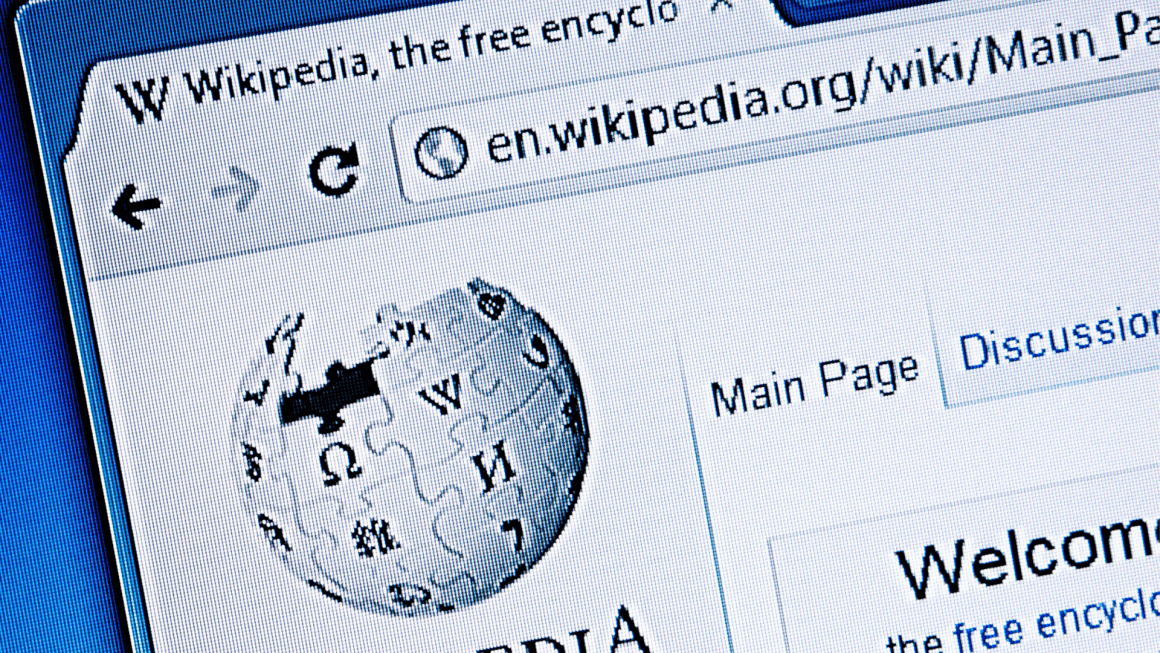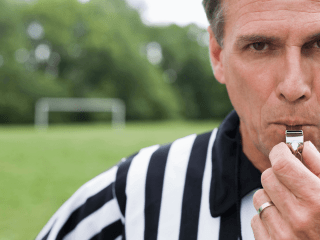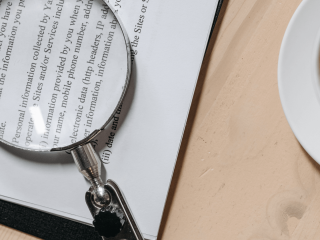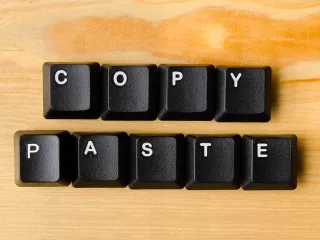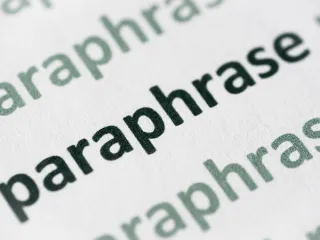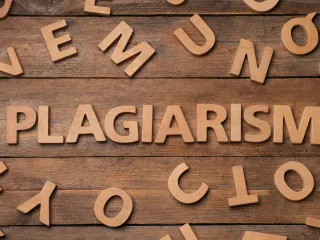How to Cite a Wikipedia Article: MLA, APA, and Chicago Style
Whether writing an essay or completing or scientific lab report, you should cite all primary and secondary sources. Many students include Wikipedia in their digital research. Known as the free encyclopedia, Wikipedia provides information on topics from many categories, including those used in academics.
Although many colleges and universities do not recognize Wikipedia as a reliable source because its pages can be edited by anyone, the site still offers a jumping-off point in several categories of education and literature.
You can use Wikipedia to gather general information or gain a deeper understanding of a topic before delving into a more reputable website, journal, or textbook. Some teachers may allow you to cite Wikipedia as a source if other more reliable references are consulted in addition.
As more students become aware of and rely on the information from Wikipedia, it becomes increasingly important to know how to cite a Wikipedia article properly. Although Wikipedia may not be as revered as other resources, it requires proper citation to use without penalization.
Here, you will learn when it is appropriate to cite a Wikipedia page, how to cite the page, and how to use citation generators to make the job easier.
Do You Need to Cite Wikipedia Articles?
The answer here is absolutely yes. Any information or ideas that you do not create yourself (unless common knowledge) must be cited in your referenced materials. That includes citing Wikipedia articles you use for research or which get quoted as part of the writing process.
If you forget to cite your Wikipedia sources, you leave yourself open to accusations of plagiarism, which is a serious offense especially among academics. This is because you are not giving credit to the original author of the information you use.
Plagiarism is the act of copying written work, which even includes copying your own work from another time or paper. Citing all the work you use during research and writing helps other academics determine the validity and originality of your essay and ideas.
When you use a Wikipedia article or a wiki page, you read information written by others on that subject. Wikipedia pages provide an original source for any facts cited on the website. If that cited source appears more original than your Wikipedia article, you can visit and cited reference and include that in your own references page instead of the Wikipedia page.
The problem with Wikipedia is that the website is an open-source encyclopedia, meaning anybody can add to any Wikipedia page or change the article. Unlike published journals, Wikipedia content never gets peer-reviewed by professionals in the field of study the topics fall within. Still, to avoid plagiarism, it’s best to always reference any information you get from a Wikipedia article—even if it’s from Wikipedia.
How to Cite a Wikipedia Article
The type of document you are writing, combined with the personal preference of your professor, dictate the citation format you use in a Wikipedia article.
An MLA format paper, for example, differs in citation style from a Chicago Style paper or an APA style paper. Some professors may request you use the source listed on Wikipedia rather than a Wikipedia link. Others may not allow you to use Wikipedia as a resource at all.
While book and journal article citations require a wide range of information, like authors’ names, edition numbers, publisher name, and DOI, citing a Wikipedia article requires you only the following:
-
Wikipedia
-
The name of the article or page
-
The date the page was last updated
-
A link to the page
The order of this information and the additional content required for a citation differs from style to style. Check the preference of your field of study, or professor, before writing your paper or citing your sources.
It is important to note that Wikipedia won’t list an author for any of the information they provide. That is because so many different writers contribute to the same articles, and they get changed frequently over the years. When choosing the citation format to use, remember to select the style best suited for a web address with no specific author. However if you do notice an individual author, remember to add them to your citation.
Citing Wikipedia might seem daunting because there are so many styles to consider. Here are the best ways to cite any Wikipedia link for your reference list by style and format. Whether you write an English essay in MLA, a psychology paper in APA, or a journalism piece in Chicago Style, you can cite Wikipedia with the following templates and tips.
MLA Style
MLA format, or Modern Language Association format, is used on papers relating to language arts, English, and the humanities. MLA format began in the 1950s as a style sheet and has flourished to include nine editions of a writing guide as of 2021.
Use the most up-to-date version of the MLA style guide when possible to avoid inconsistencies or outdated formatting. The most recent MLA style guide requires italics on the source of the work cited (in this case, Wikipedia) and capitalization of titles and proper nouns. You must also write the full name of the work rather than an abbreviation. Use this template for an MLA citation:
“Title of the Article.” Wikipedia, Wikimedia Foundation, last date modified, URL.
A more specific example of an MLA citation would appear as:
“MLA Handbook.” Wikipedia, Wikimedia Foundation, 2022, https://en.wikipedia.org/wiki/MLA_Handbook.
Write the title as a parenthetical citation with quotation marks in the text next to the quote, or idea, presented. For example, if the name of the Wikipedia page is Des Moines, Iowa it appears next to your quote as, (“Des Moines, Iowa”). This tells your reader which Wikipedia link in your works cited section is referenced in your sentence or paragraph.
Place the in-text citation at the end of the sentence you are citing, but before the period. If you use this reference more than once, you must cite the page after each mention.
APA Style
APA stands for American Psychological Association. APA format citations are used for several academic papers but are common in the social sciences, including Psychology and Sociology. APA style citations also place no final period after the URL.
The first edition of the APA Publication Manual became available in 1952, and the style is now on it’s 7th edition. As with any other style guide, using the most recent version offers the best chance at correct citations and formatting. Unless your professor specifies the version they wish you to use, assume the newest version is the correct to consult.
APA style often includes a DOI (Digital Object Identifier) for journal publications and only capitalizes the first word of the title. That isn’t necessary in the case of Wikipedia citations but is a great tip when citing other APA-style resources.
An APA style works cited usually requires you to use a specific reference entry of the webpage. On Wikipedia, you can determine which version of the webpage you use by clicking on “view history”. That is the most current version of Wikipedia, but if you need an old version to prove a point be sure to cite that modification date and URL. On a works cited page, an APA style citation looks like this:
Title of the article. (Year, Month Day). In Wikipedia. URL
A more specific version of an APA style citation would appear as:
APA Style. (2021, November 1). In Wikipedia. https://en.wikipedia.org/wiki/APA_style
APA uses parenthesis in the in-text citation. It also includes a comma and the date of publication or retrieval date. For example, if you reference the Wikipedia page American Psychological Association, it should appear, (“American Psychological Association”, 2022).
Your APA in-text citation still comes at the end of the sentence of the paragraph cited before the period. If you use ideas found in a Wikipedia article, reference the source and not the Wikipedia article. Often Wikipedia will lead writers to other links. Always source the site your information is coming from, not the first site you use.
Chicago-Style
Chicago-style citations are used in history papers. Sometimes they are used in other works in the humanities, including journalism. There have been 17 editions of The Chicago Manual of Style since its first publication in 1906. It was created by the University of Chicago Press and is still used in the United States as a standard for formatting documents.
Chicago-style citations are sometimes less formal than APA or MLA. For example, in-text citations might paraphrase and simply state that a “Wikipedia entry on photosynthesis describes it as…”. If you choose to be formal in your Chicago style citation, include a bibliography or author-date format. Bibliography style uses the following format:
Wikipedia. “Name of the article”. Last modified Month Day, Year. https://en.wikipedia.org.
A more specific example of a Chicago style bibliography citation is:
Wikipedia. “The Chicago Manual of Style”. Last modified January 3, 2022. https://en.wikipedia.org/wiki/The_Chicago_Manual_of_Style.
For an in-text citation, write this as, “Name of the article” in…
For author-date style, use this format:
Wikipedia. Year of publication. “Name of Article”. Last modified Month Day, Year. https://en.wikipedia.org.
To find the year of publication, or original date that a Wikipedia entry was written, select “view history”, and “oldest”. This will list all changes to the page from oldest to newest, allowing you to see the original date of the page listing.
If you use the same example as above, an author-date style citation would appear as:
Wikipedia. 2017. “The Chicago Manual of Style”. Last modified January 3, 2022. https://en.wikipedia.org/wiki/The_Chicago_Manual_of_Style.
Author date in-text citations appear as, In Wikipedia (Year of publication), “Name of Article” …
If you name the Wikipedia page in your sentence or paragraph, simply add the publication or last updated date in parenthesis. This comes at the end of the quote or paraphrasing you use. Otherwise, the same rules apply to in-text Chicago style as MLA or APA in that you cite your source at the end of the sentence before the period.
Consistency is important in writing. However, with the differences in citations allowed in Chicago style, it’s fine for writers to use both paraphrasing and short-form in-text citations as well as full-form in-text citations for quotes and other references. Some professors prefer to see a mix of paraphrasing and quotes throughout an essay.
Final Thoughts
While useful, Wikipedia articles aren’t the best references. At the bottom of any Wikipedia article, you’ll find a list of numbered sources used to create the article. Some sources are reputable, but others aren’t. It’s important to back up your work by checking these sources and citing them when necessary.
As you cite your work, consider the importance of avoiding plagiarism. Ensure sources are properly cited by using a citation tool like the Quetext citation generator. If your paper is considered plagiarized you could lose marks, fail an assignment, or tarnish your reputation within the academic society.
Using tools like Quetext Citation Assistant requires you to copy and paste your document into the search page on your Quetext Pro account. On the panel under, “Score”, highlight the source you want to cite and select, “Cite Source”. Choose between MLA, APA, and Chicago citation formats. Quetext will provide you with a citation for your source based on the format you select.
Quetext also makes writing original content simple. Using the plagiarism checker, your work is analyzed quickly and accurately to determine originality. This is extremely useful in avoiding cheating accusations for academic papers.
Hopefully, this guide has been useful in determining the style and format of any Wikipedia citation. Remember to always cite your sources in any work you do.

